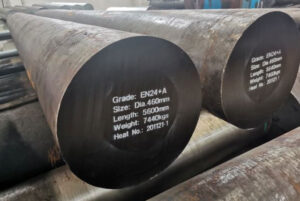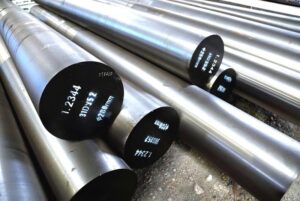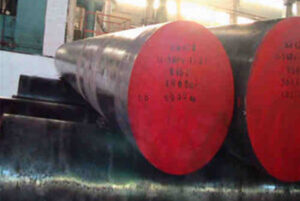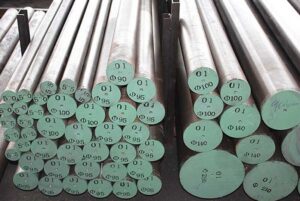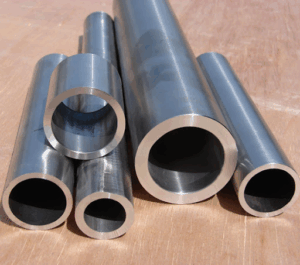Stainless steels are among the most versatile and widely used materials in various industries due to their exceptional properties. Among these, AISI 321 stainless steel stands out for its specific advantages and applications. This guide provides an in-depth look at AISI 321 stainless steel, covering everything from its composition to its practical applications, advantages, and limitations.
Overview of AISI 321 Stainless Steel
AISI 321 stainless steel is an austenitic stainless steel containing titanium, which offers excellent resistance to corrosion and high-temperature environments. It is particularly known for its stability against intergranular corrosion, making it a popular choice in industries where such conditions are prevalent.
Key Details
- Grade: AISI 321
- Type: Austenitic Stainless Steel
- Chemical Composition: Chromium, Nickel, Titanium
- Applications: Aerospace, Chemical Processing, Thermal Processing, etc.
- Properties: Corrosion resistance, High-temperature stability, Good mechanical properties
Table: Composition and Properties of AISI 321 Stainless Steel
| Nguyên tố | Composition (%) | Properties |
|---|---|---|
| Crôm (Cr) | 17.0 – 19.0 | Provides corrosion resistance |
| Niken (Ni) | 9.0 – 12.0 | Adds toughness and ductility |
| Titanium (Ti) | 0.7 – 1.2 | Stabilizes against intergranular corrosion |
| Carbon (C) | 0.08 max | Enhances hardness |
| Manganse (Mn) | 2.0 max | Improves hot working properties |
| Silicon (Si) | 0.75 max | Increases oxidation resistance |
| Phốt pho (P) | 0.045 max | Must be kept low to avoid embrittlement |
| Lưu huỳnh (S) | 0.03 max | Should be minimized for improved ductility |
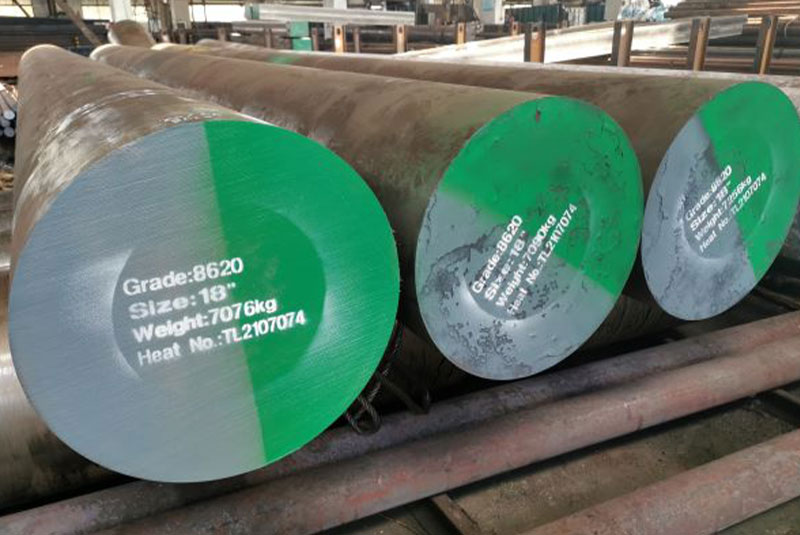
Ứng dụng của AISI 321 Stainless Steel
AISI 321 stainless steel is used across a variety of industries due to its unique properties. Here’s a closer look at some of the common applications.
| Ngành công nghiệp | Ứng dụng |
|---|---|
| Không gian | Jet engine parts, exhaust systems |
| Xử lý hóa chất | Chemical reactors, heat exchangers |
| Thermal Processing | Furnace components, thermal oxidizers |
| Dầu khí | Piping, heat exchangers in refineries |
| Ô tô | Manifolds, exhaust systems |
| Chế biến thực phẩm | Food processing equipment |
| Sản xuất điện | Boiler tubes, superheater tubes |
Specifications, Sizes, and Standards
AISI 321 stainless steel comes in various specifications and sizes to meet different industrial needs. Standards ensure the material meets specific quality requirements.
| Specification | Size (mm) | Standard |
|---|---|---|
| Plate | 6.0 – 150 | ASTM A240, EN 10088-2 |
| Sheet | 0.5 – 6.0 | ASTM A240, EN 10088-2 |
| Bar | 3.0 – 100 | ASTM A276, EN 10088-3 |
| Pipe | 10 – 200 | ASTM A312, EN 10216-5 |
| Tubing | 6.0 – 50.0 | ASTM A213, EN 10216-5 |
Suppliers and Pricing Details
The cost of AISI 321 stainless steel can vary depending on the supplier, the form of the material, and market conditions. Here are some typical suppliers and pricing ranges.
| Nhà cung cấp | Form | Phạm vi giá (theo kg) |
|---|---|---|
| ThyssenKrupp | Plate, Sheet, Bar | $3.50 – $5.00 |
| Outokumpu | Pipe, Tubing | $4.00 – $6.00 |
| Acerinox | Plate, Sheet | $3.75 – $5.25 |
| Sandvik Materials | Bar, Tubing | $4.25 – $6.50 |
| Nippon Steel | Sheet, Bar | $3.80 – $5.10 |
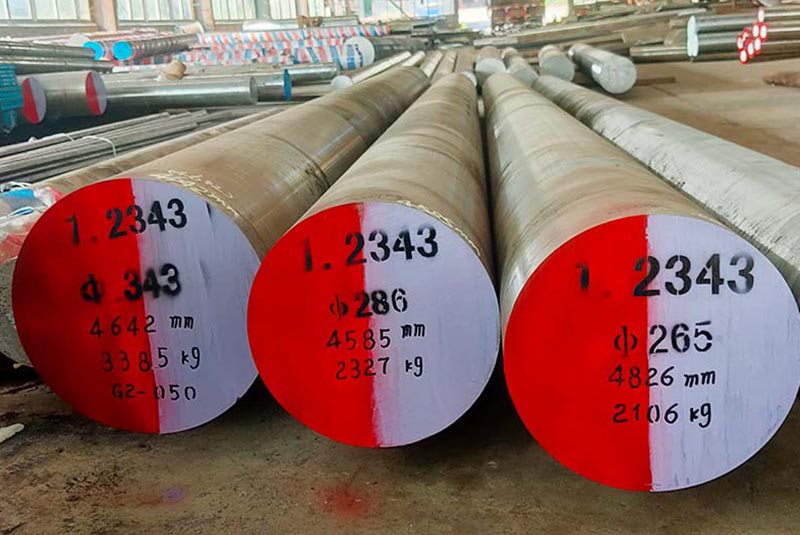
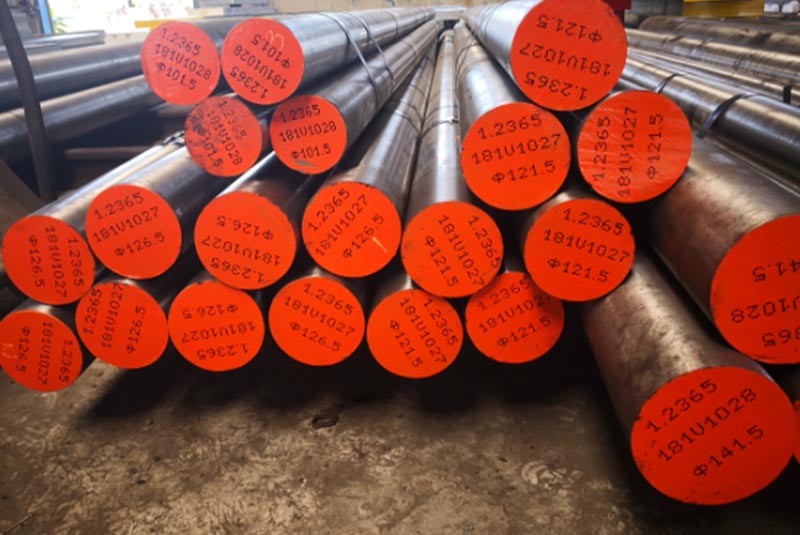
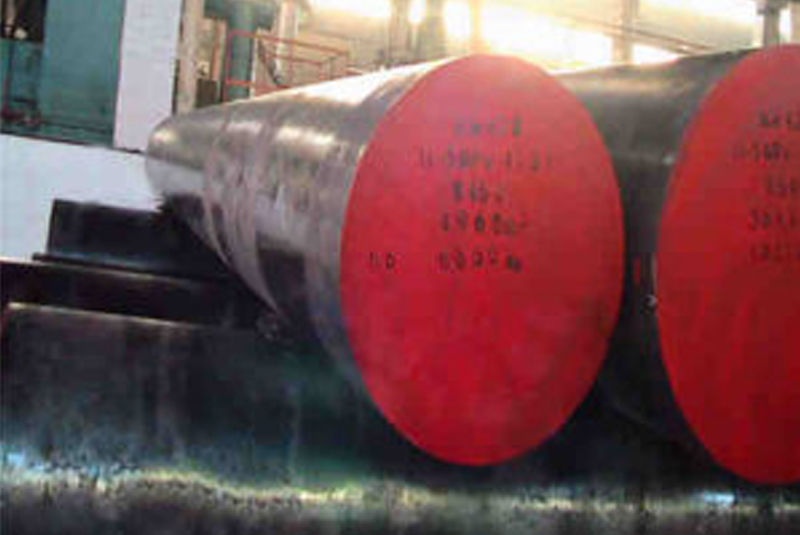
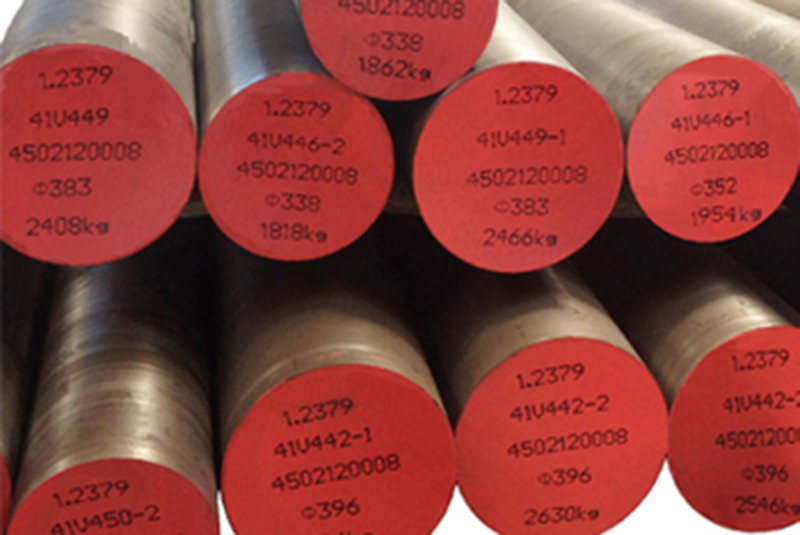

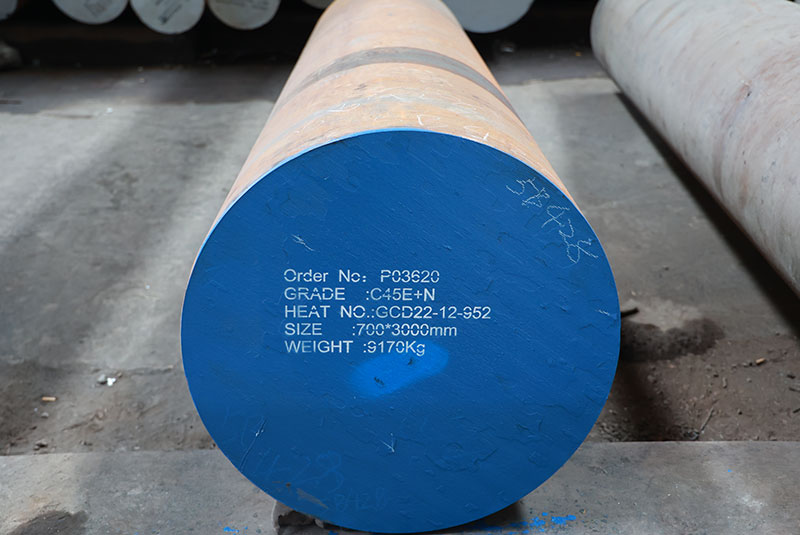
Advantages of AISI 321 Stainless Steel
AISI 321 stainless steel offers numerous advantages, making it a preferred choice in various applications.
Khả năng chống ăn mòn
One of the standout features of AISI 321 is its resistance to corrosion. This is largely due to the presence of chromium, which forms a passive film on the steel surface, protecting it from rust and other forms of corrosion. The addition of titanium further stabilizes the alloy, preventing the formation of chromium carbides which can lead to intergranular corrosion.
High-Temperature Stability
AISI 321 is particularly known for its performance in high-temperature environments. The titanium addition ensures that the steel maintains its strength and structural integrity even at elevated temperatures. This makes it an excellent choice for applications like exhaust systems and furnace components where heat resistance is crucial.
Tính Chất Cơ Học
AISI 321 stainless steel boasts good mechanical properties, including high tensile strength and good ductility. This makes it easy to form and fabricate, which is an important consideration in manufacturing and construction.
| Advantage | Description |
|---|---|
| Khả năng chống ăn mòn | Excellent protection against rust and intergranular corrosion |
| High-Temperature Stability | Maintains strength and integrity at elevated temperatures |
| Good Mechanical Properties | High tensile strength, good ductility, and ease of fabrication |
| Oxidation Resistance | Resistant to oxidation at temperatures up to 900°C |
| Ease of Welding | Can be welded without loss of corrosion resistance |
Disadvantages of AISI 321 Stainless Steel
While AISI 321 stainless steel offers many benefits, it is not without its drawbacks.
Chi phí
One of the primary disadvantages is the cost. AISI 321 stainless steel is more expensive compared to some other stainless steel grades, such as 304. This higher cost can be a limiting factor in its use, especially in cost-sensitive applications.
Availability
Although widely used, AISI 321 may not be as readily available as other more common stainless steels. This can lead to longer lead times and higher costs for procurement.
Welding Considerations
While AISI 321 stainless steel can be welded, the presence of titanium requires careful control of welding parameters to avoid issues like weld decay. Specialized techniques and filler materials may be needed to ensure the integrity of the welded joints.
| Disadvantage | Description |
|---|---|
| Higher Cost | More expensive compared to other stainless steel grades |
| Limited Availability | May not be as readily available as more common grades like 304 or 316 |
| Welding Complexity | Requires careful control of welding parameters and specialized filler materials |
Comparison with Other Stainless Steels
How does AISI 321 stack up against other common stainless steels? Let’s compare it with some popular grades like AISI 304 and AISI 316.
AISI 321 vs. AISI 304
AISI 304 is the most widely used stainless steel, known for its good corrosion resistance and formability. However, AISI 321 offers better resistance to intergranular corrosion and is more suitable for high-temperature applications. On the downside, AISI 321 is more expensive.
AISI 321 vs. AISI 316
AISI 316 contains molybdenum, which enhances its resistance to chlorides and makes it suitable for marine environments. Compared to AISI 321, AISI 316 offers better corrosion resistance in saline environments but lacks the high-temperature stability that AISI 321 provides. Cost-wise, AISI 316 is generally more expensive due to the molybdenum content.
| Tài sản | AISI 321 | AISI 304 | AISI 316 |
|---|---|---|---|
| Khả năng chống ăn mòn | High | Trung bình | Rất cao |
| High-Temperature Stability | Tuyệt vời | Trung bình | Tốt |
| Chi phí | High | Trung bình | Cao hơn |
| Welding Considerations | Complex | Simple | Trung bình |
| Chloride Resistance | Trung bình | Thấp | Rất cao |
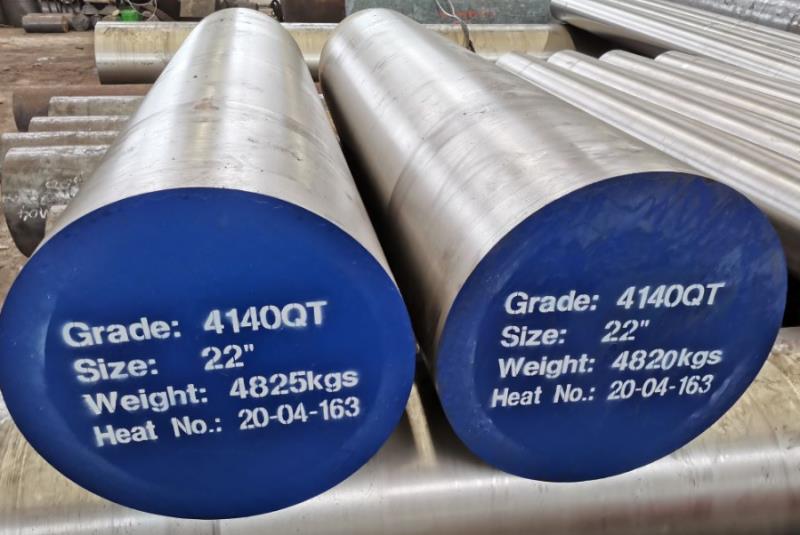
Câu hỏi thường gặp
What is AISI 321 stainless steel?
AISI 321 (also known as S32100 or 1.4541) is a type of austenitic stainless steel with a small amount of titanium added. This addition makes it more resistant to corrosion at high temperatures than standard 304 stainless steel.
What are the key properties of AISI 321?
- Excellent corrosion resistance: AISI 321 resists pitting, crevice corrosion, and intergranular corrosion, even at elevated temperatures.
- Good high-temperature performance: It can maintain its strength and resist oxidation up to 900°C (1600°F).
- Good formability and weldability: Like other austenitic steels, AISI 321 is easy to form and weld, and doesn’t require post-weld annealing.
- Toughness at low temperatures: It retains good toughness even in cryogenic conditions.
What are some applications of AISI 321?
- Aerospace: Exhaust systems, heat exchangers
- Automotive: Catalytic converters, exhaust manifolds
- Chemical processing: Equipment handling corrosive chemicals
- Oil and gas refining: Equipment exposed to high temperatures
- Heat exchangers
- Power generation
What are some limitations of AISI 321?
- Not ideal for polishing: The titanium makes it harder to achieve a bright, polished finish, so it’s not a good choice for cosmetic applications.
- Not recommended as welding filler: The titanium doesn’t transfer well across a weld zone. AISI 347 is preferred for welding 321 due to its similar properties and better weldability.
How does AISI 321 compare to AISI 304?
AISI 304 is a similar austenitic stainless steel without the titanium addition. It’s less resistant to high-temperature corrosion than 321, but it is cheaper and polishes better.

